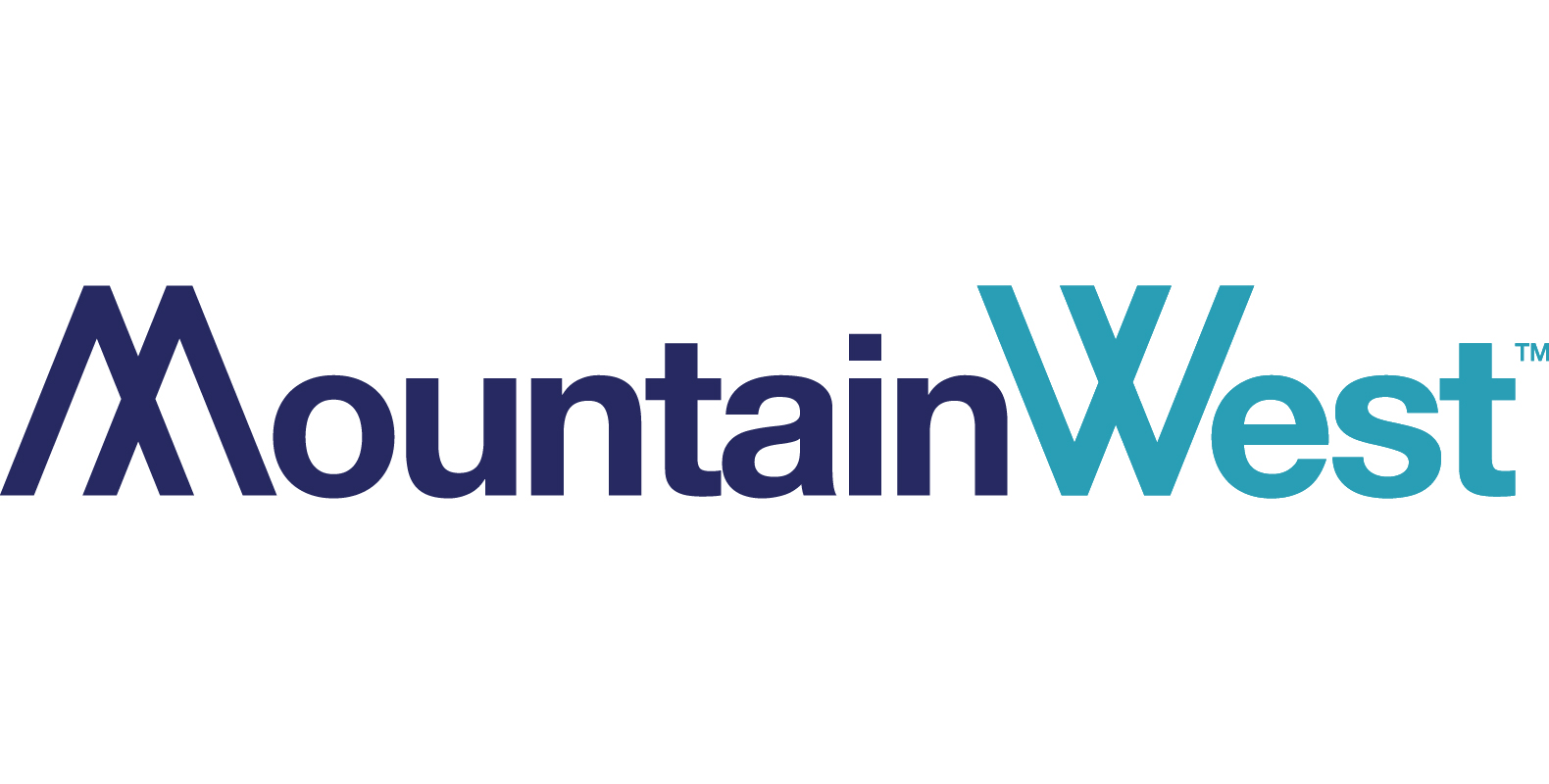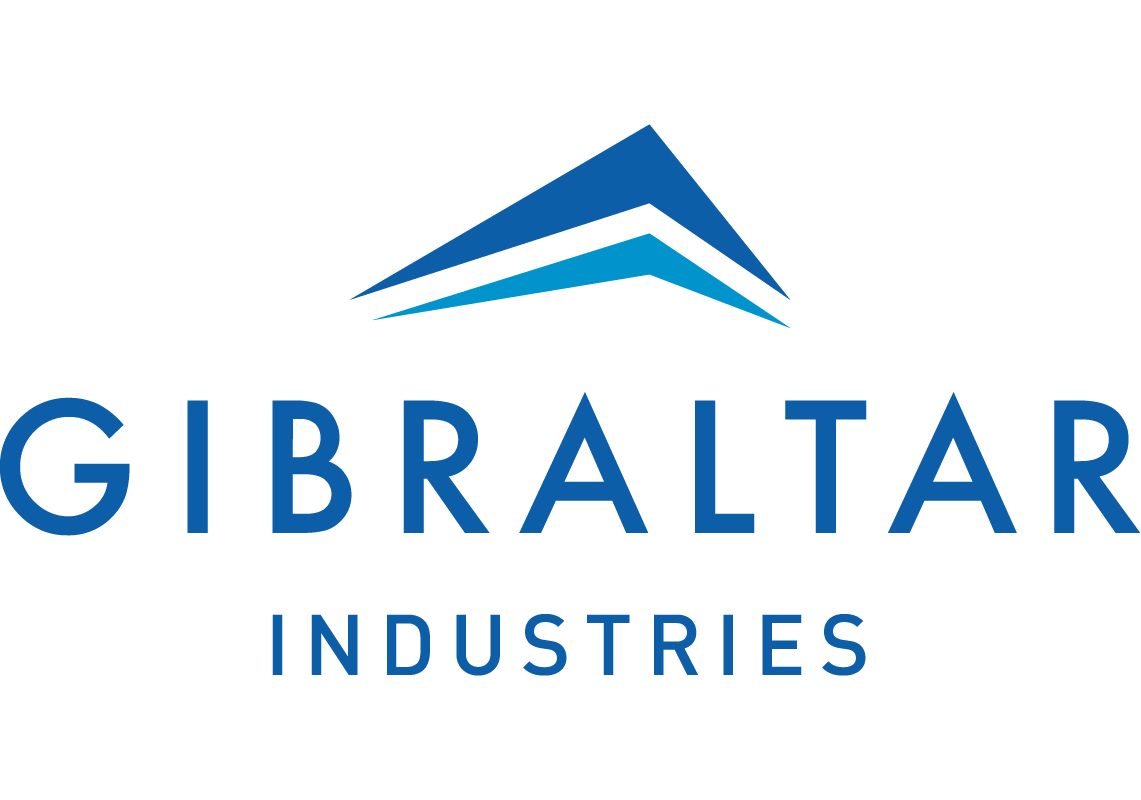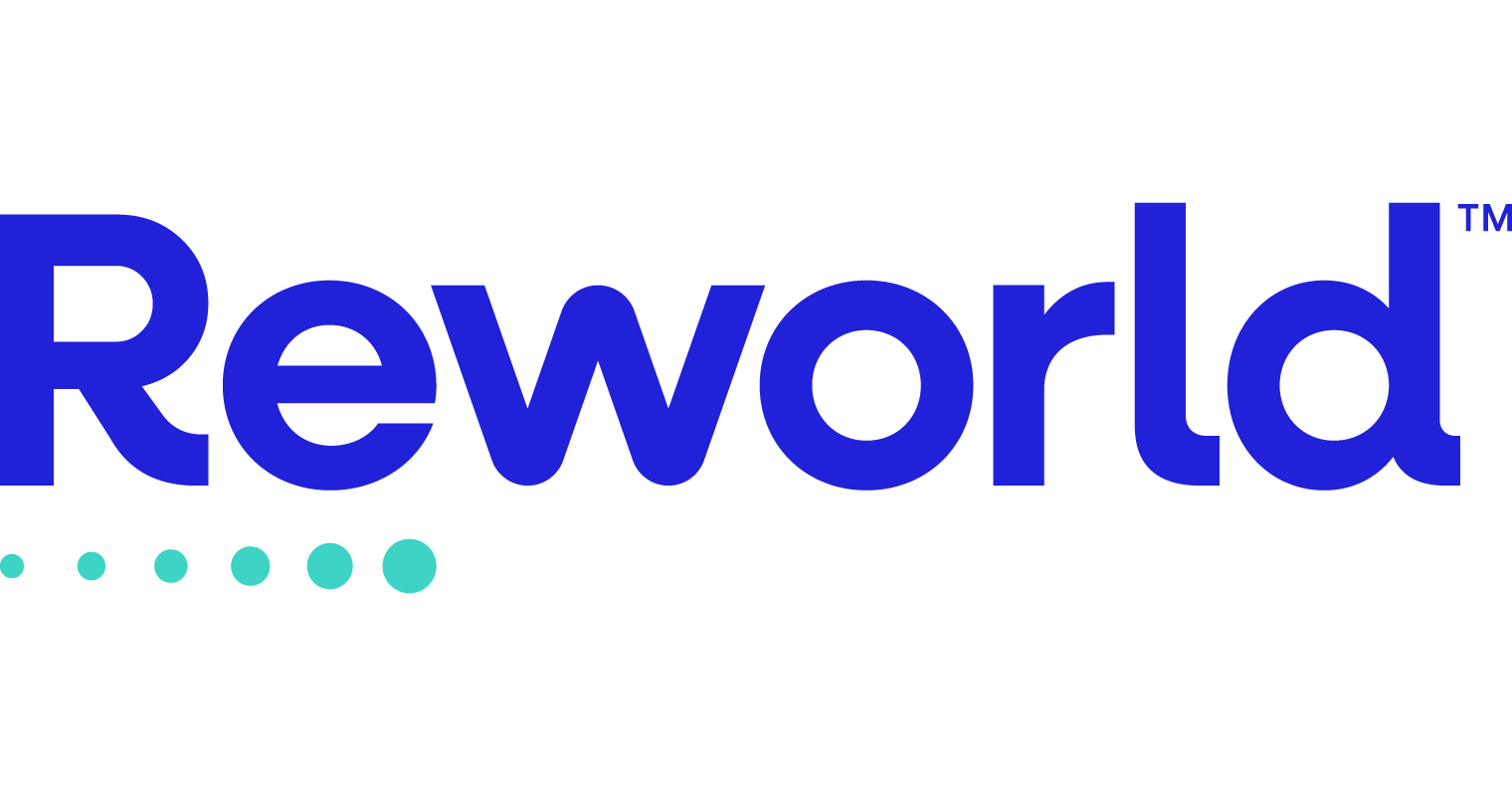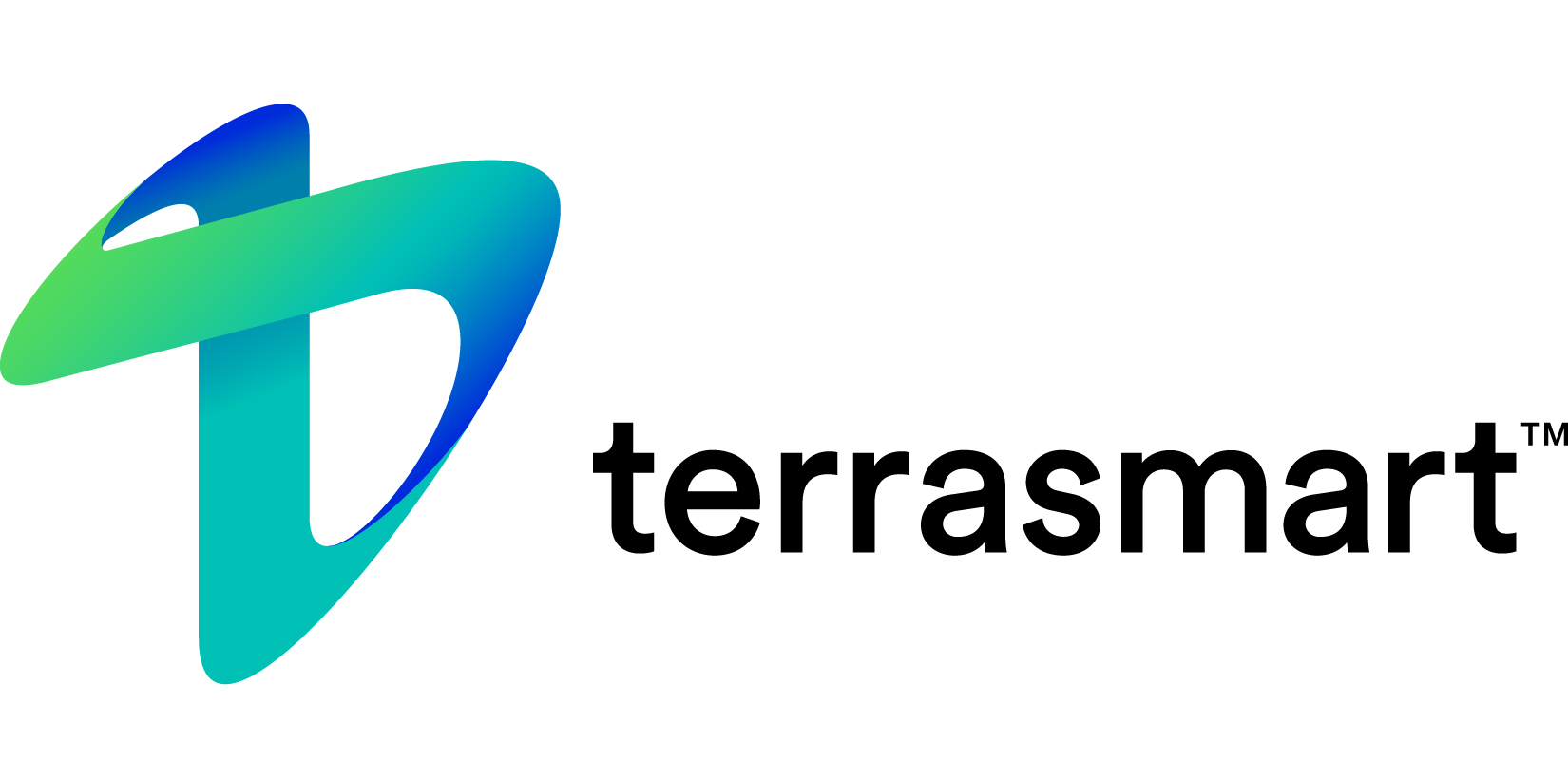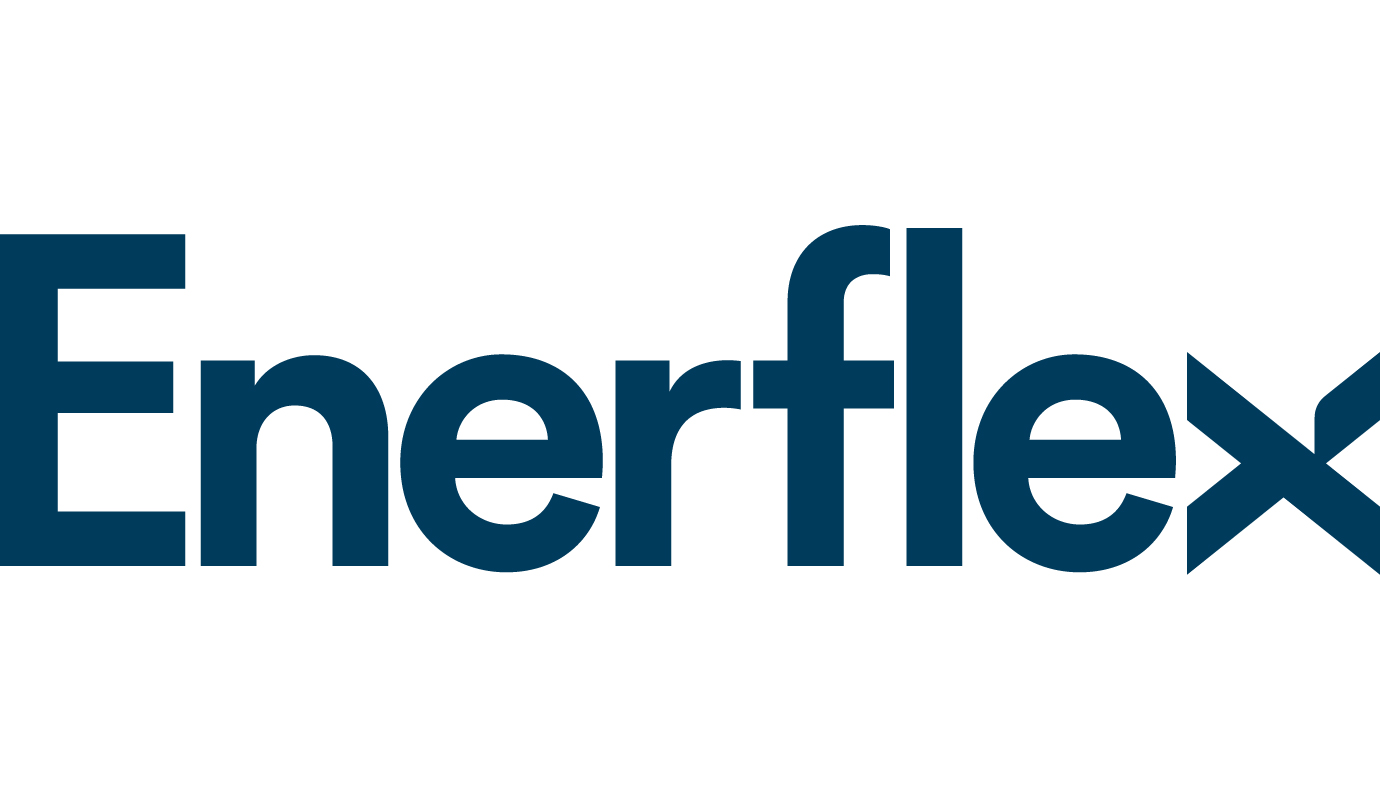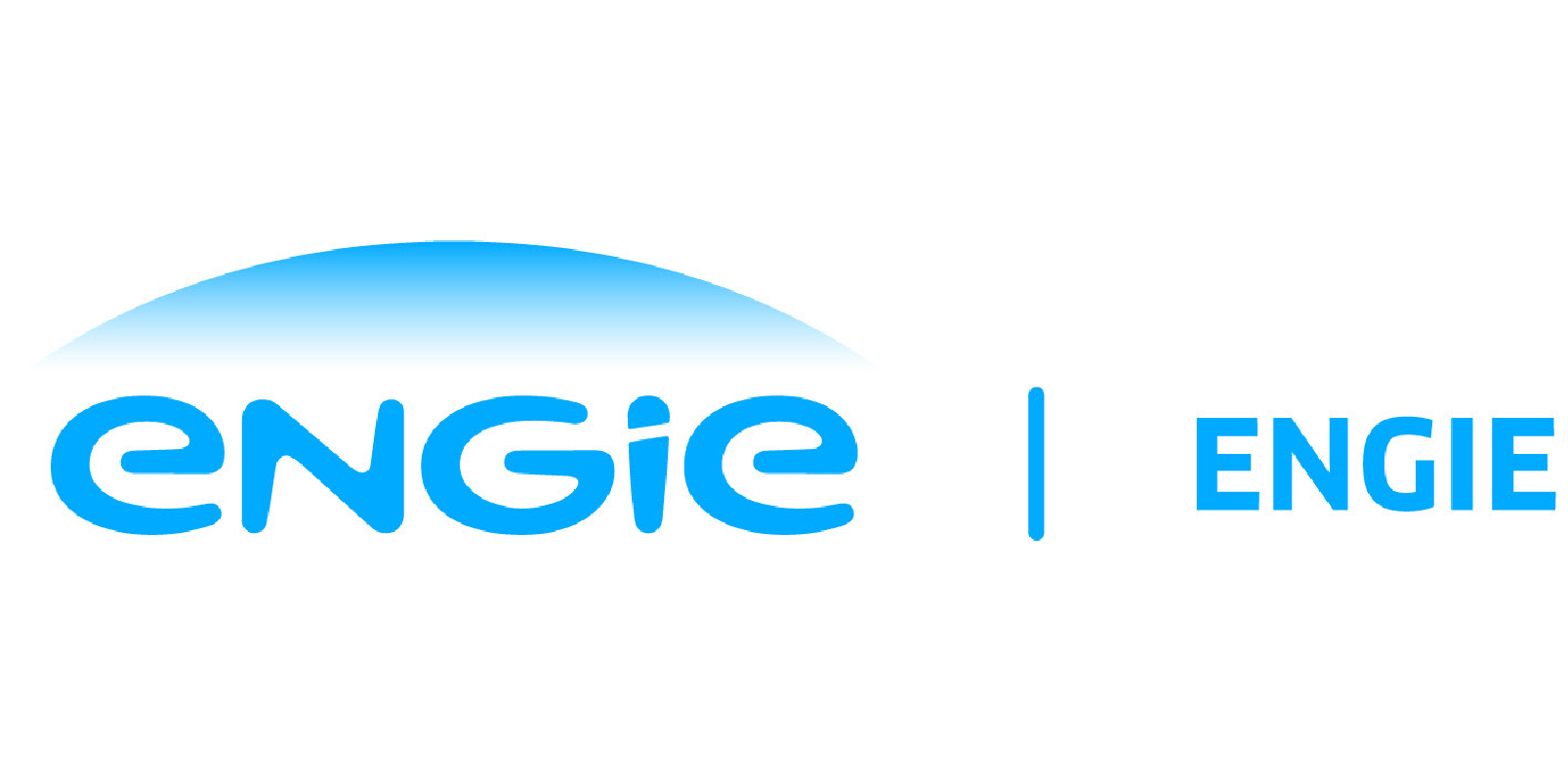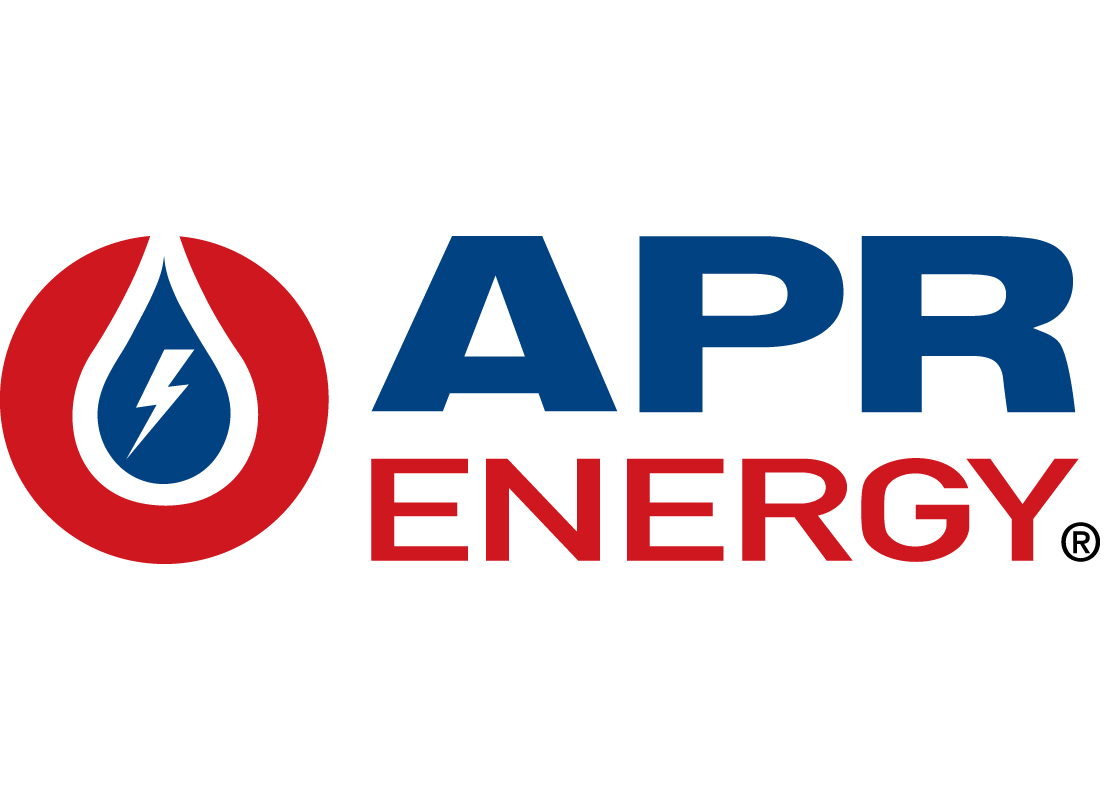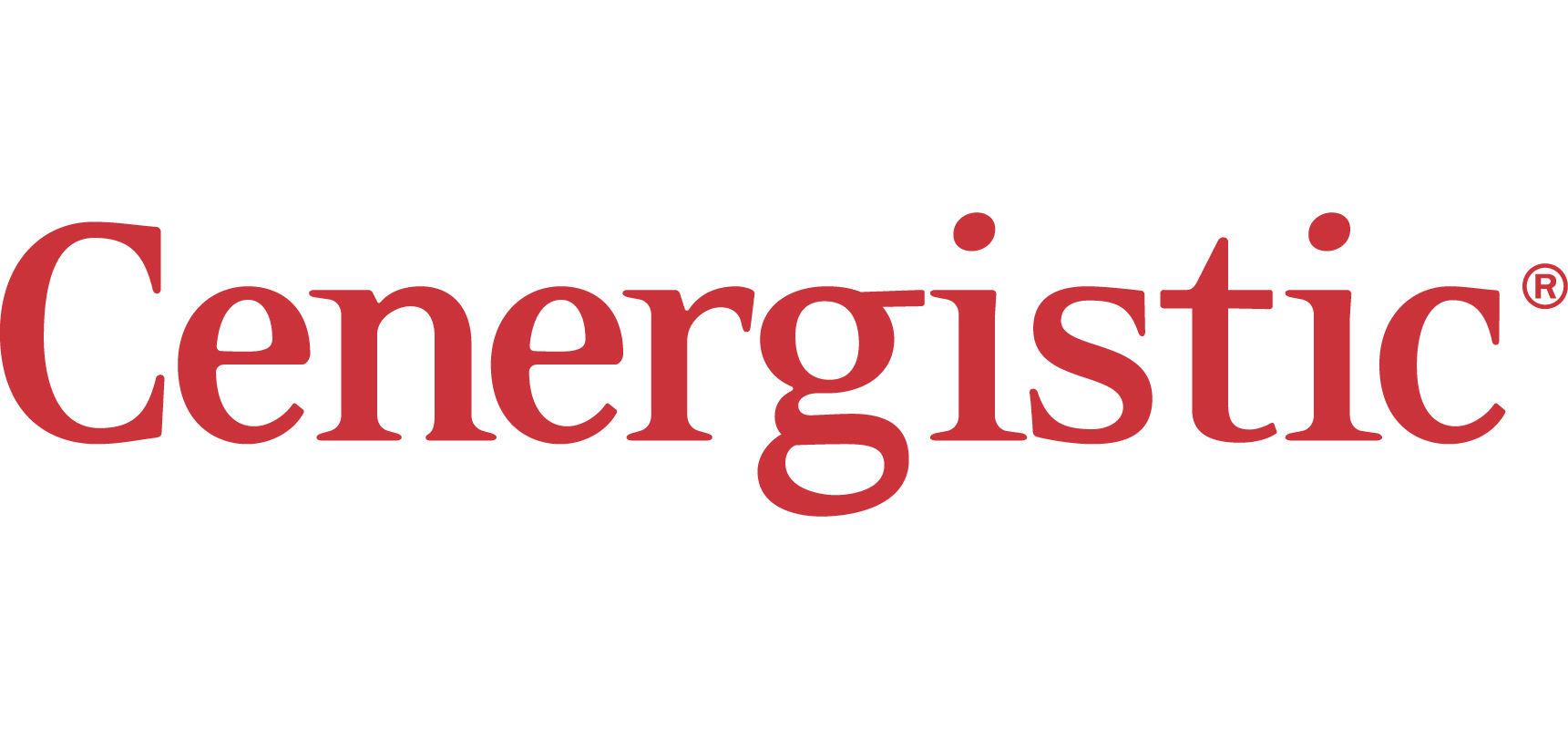Work
We partner with B2B leaders, founders and investors in high-growth industries and high-stakes situations to build brands that create enduring value. Explore the work we’ve done in your industry—or for people making a leap like yours.
Energy & Environmental Branding
Leaders in energy and environmental services are navigating one of the most complex transitions in modern history. Regulatory demands are tightening, sustainability goals have become non-negotiable and the drive toward zero carbon only accelerates. You face the challenge of integrating renewable technologies while maintaining operational efficiencies and meeting investor expectations. There’s endless pressure to innovate and demonstrate ESG leadership, with customers and employees equally invested in seeing—and being part of—progress.
As an energy company branding firm, we understand how to create or maintain a leadership position in rapidly-evolving sectors. Aligning your brand strategy with your business strategy, we partner to build brands that clarify your role in transforming energy’s future—whether your strength lies in your expertise, perspective, innovation or approach. We tell the story that resonates across customers, investors and employees. We develop an authentic brand that can grow and flex with your business, positioning you to evolve at the speed of energy.



